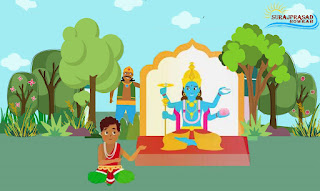Holi Festival
Holi is an important festival of Indian and Nepalese people celebrated in the spring season. This festival is celebrated on the full moon day of the month of Falgun according to the Hindu calendar.
Holi is a festival of colours and laughter. It is a major and famous festival of India, which has started being celebrated all over the world today. Called the festival of colours, this festival is traditionally celebrated for two days. It is majorly celebrated in India and Nepal. This festival is celebrated with great pomp in many other countries where minority Hindus live.
On the first day, Holika is lit, which is also called Holika Dahan. On the second day, which is mainly known as Dhulendi and Dhurddi, Dhurkhel or Dhulivandan, with other names, people throw colors, Abir-Gulaal, etc. at each other, Holi songs are sung by playing drums and people are painted door-to-door. Is. It is believed that on the day of Holi, people forget the old bitterness and hug and become friends again. The round of coloring and singing each other goes on till noon. After taking a bath and taking rest, wearing new clothes, in the evening, people go to meet each other's houses, hug and feed sweets.
Legend of Holika Dahan
According to the Puranas, when the demon king Hiranyakashyap saw that his son Prahlad would not worship anyone other than Lord Vishnu, he became enraged and finally ordered his sister Holika to take Prahlad in her lap and sit in the fire, because Holika He had a boon that fire could not harm him. But the exact opposite happened, Holika was burnt to ashes and nothing happened to the devotee Prahlad. In memory of this incident, there is a law to burn Holika on this day. The festival of Holi gives the message that in this way God is always present to protect his unique devotees. Not only this, but many other stories of Holi are prevalent.
Story of Shri Krishna and Putna
Holi has a deep relation with Shri Krishna. Where this festival is seen as a symbol of the love of Radha-Krishna. At the same time, according to the legend, when Kansa came to know about Krishna's presence in Gokul, he sent a demon named Putana to kill every child born in Gokul. Putana was to poison infants on the pretext of breastfeeding. But Krishna understood his truth. The infants were to be poisoned on the pretext of breastfeeding. But Krishna understood his truth. They killed Putna while drinking milk. It is said that from then on, the recognition of celebrating holi festival started.It is also mentioned in the records 300 years old from one AD found in Ramgarh, located near the Vindhya mountains. Some people believe that on this day Lord Shri Krishna killed a demon named Putna. In this happiness, the Gopis played Holi with them.





